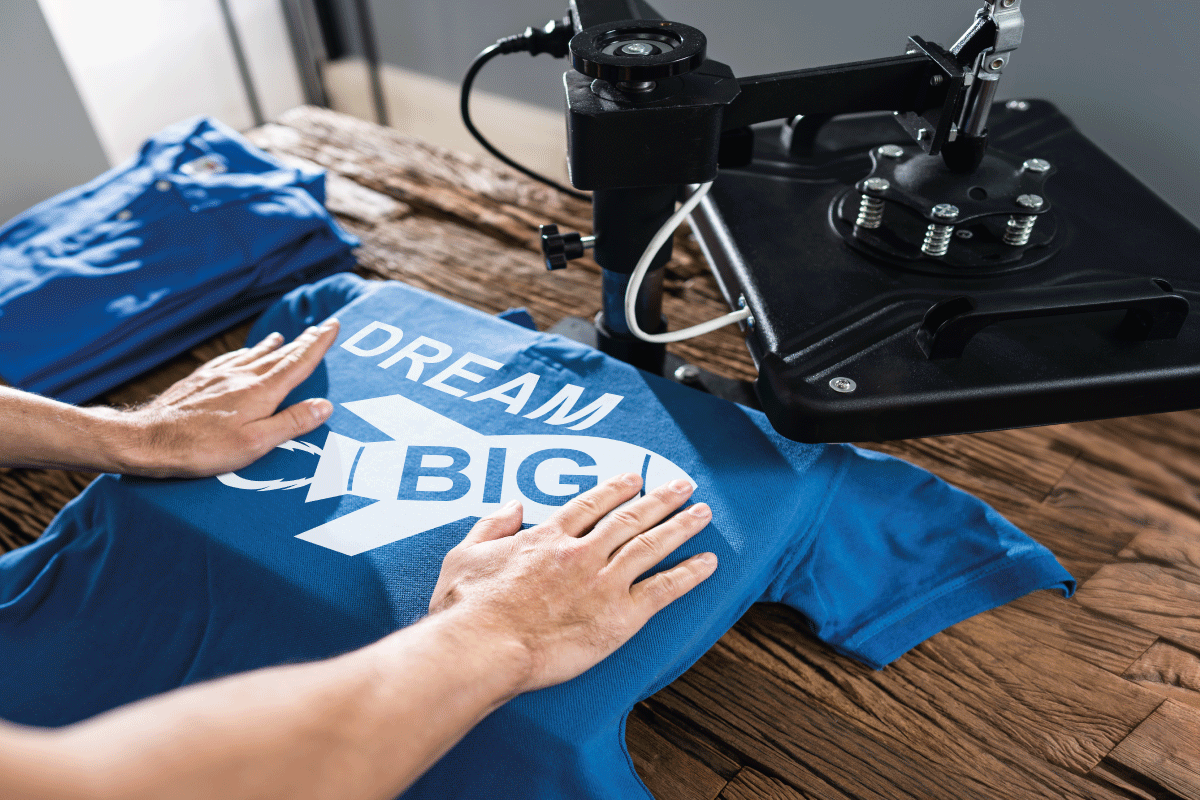What is DTF Printing?
DTF (Direct to Film) printing is rapidly gaining popularity in the textile industry. This innovative method allows businesses to print vibrant designs on various fabrics, breaking traditional colour and material limitations.
Key Benefits of DTF Printing in Textile Production
One major advantage of this technique is its cost-effectiveness. The process involves printing designs directly onto film, applying a hot melt thermo-adhesive powder, and curing it with heat. This straightforward approach minimises effort, making it quicker than other methods like DTG (Direct to Garment) printing.
Durability and Quality
Transfers produced through this method offer excellent colour accuracy and detail. The prints are smooth, elastic, and resistant to cracking, ensuring longevity. Since the ink sits on top of the fabric, it provides high accuracy, perfectly replicating original designs. This approach excels in producing high-quality prints of photographs, fine art, and graphics.
Versatility Across Fabrics
Unlike sublimation printing, this method uses white ink, allowing vibrant transfers onto any coloured garment. It can be applied to various materials, including cotton, polyester, canvas, leather, and denim. The ability to print on both light and dark fabrics opens exciting opportunities for businesses to expand their product ranges.
Cost Efficiency for Textile Businesses
This printing method eliminates the need for pre-treatment, reducing overall costs and increasing profit margins. As the textile printing industry grows, DTF will play a significant role, providing an economical solution for high-quality fabric production.
Conclusion
In summary, DTF printing stands out as a transformative method in the textile industry, offering unmatched versatility and cost efficiency. Its ability to produce vibrant, high-quality prints on a wide range of fabrics—without pre-treatment—makes it an attractive choice for businesses. As more companies embrace this technology, it is poised to reshape the landscape of textile customisation. If you’re looking to enhance your offerings and stay competitive, consider integrating DTF into your business strategy.
To learn more about Direct to Film printing, visit our DTF printing process guide here. For questions about DTF or alternative printing processes, visit our support page or contact us at info@inkexpress.co.uk.
